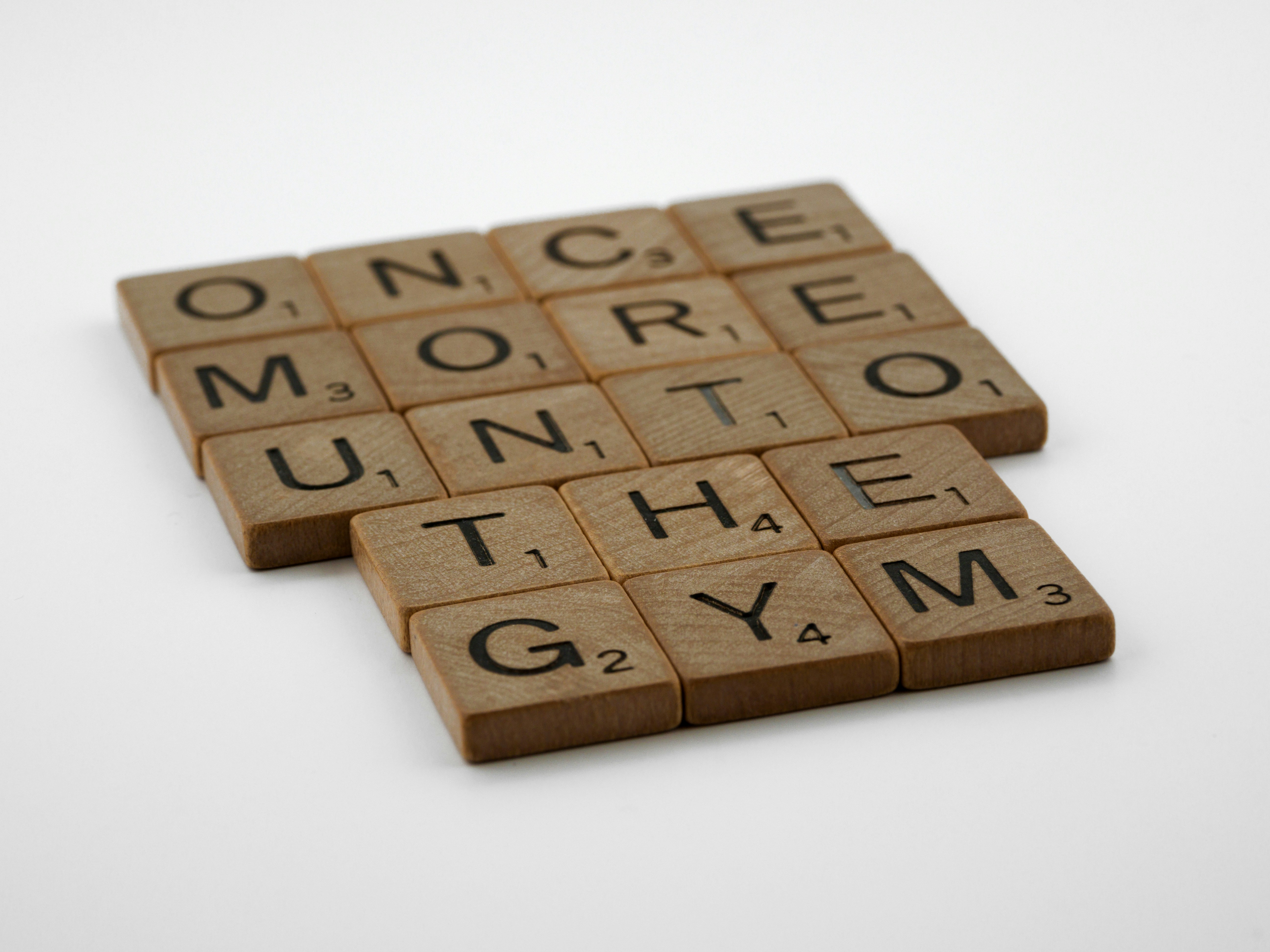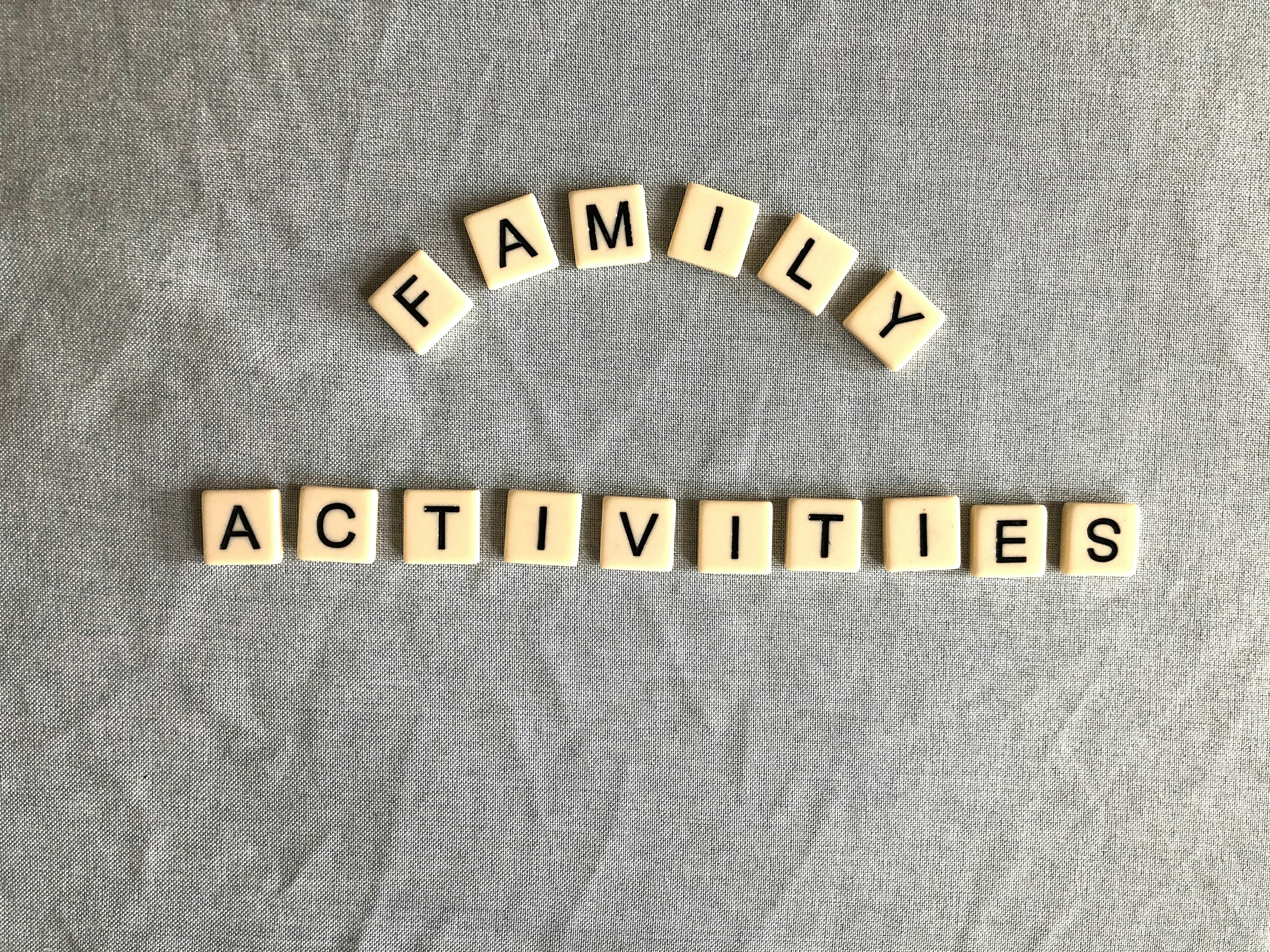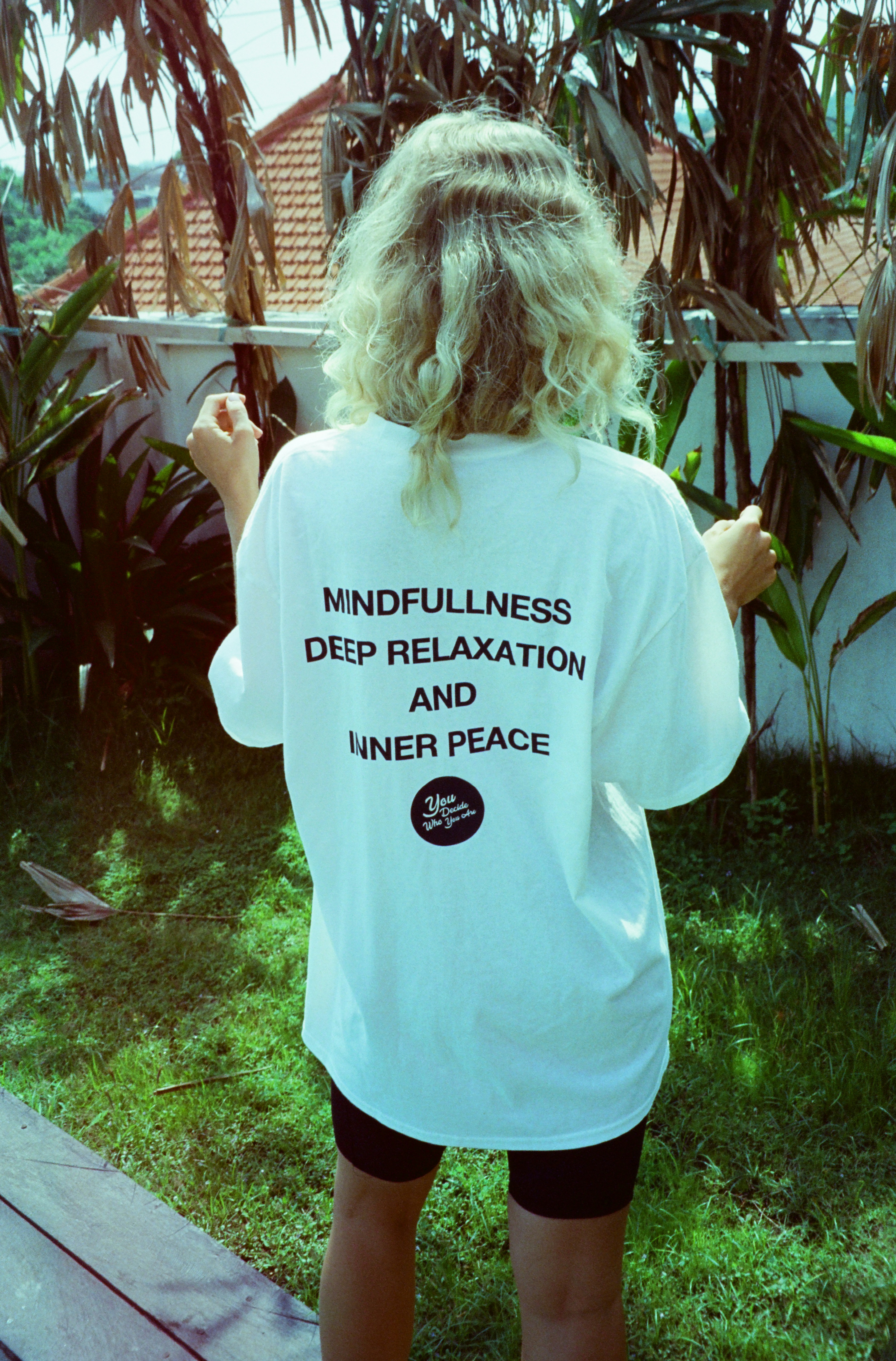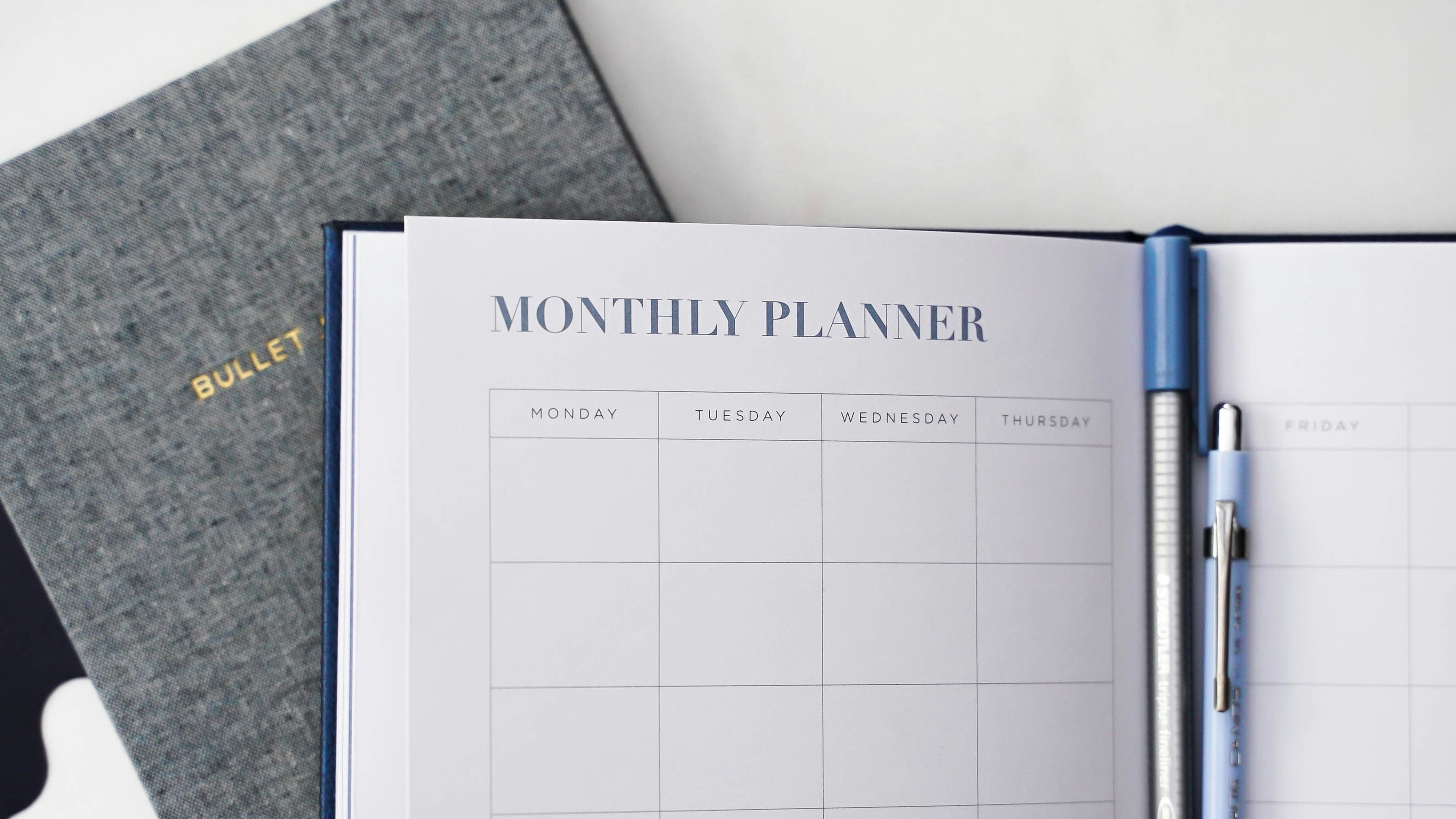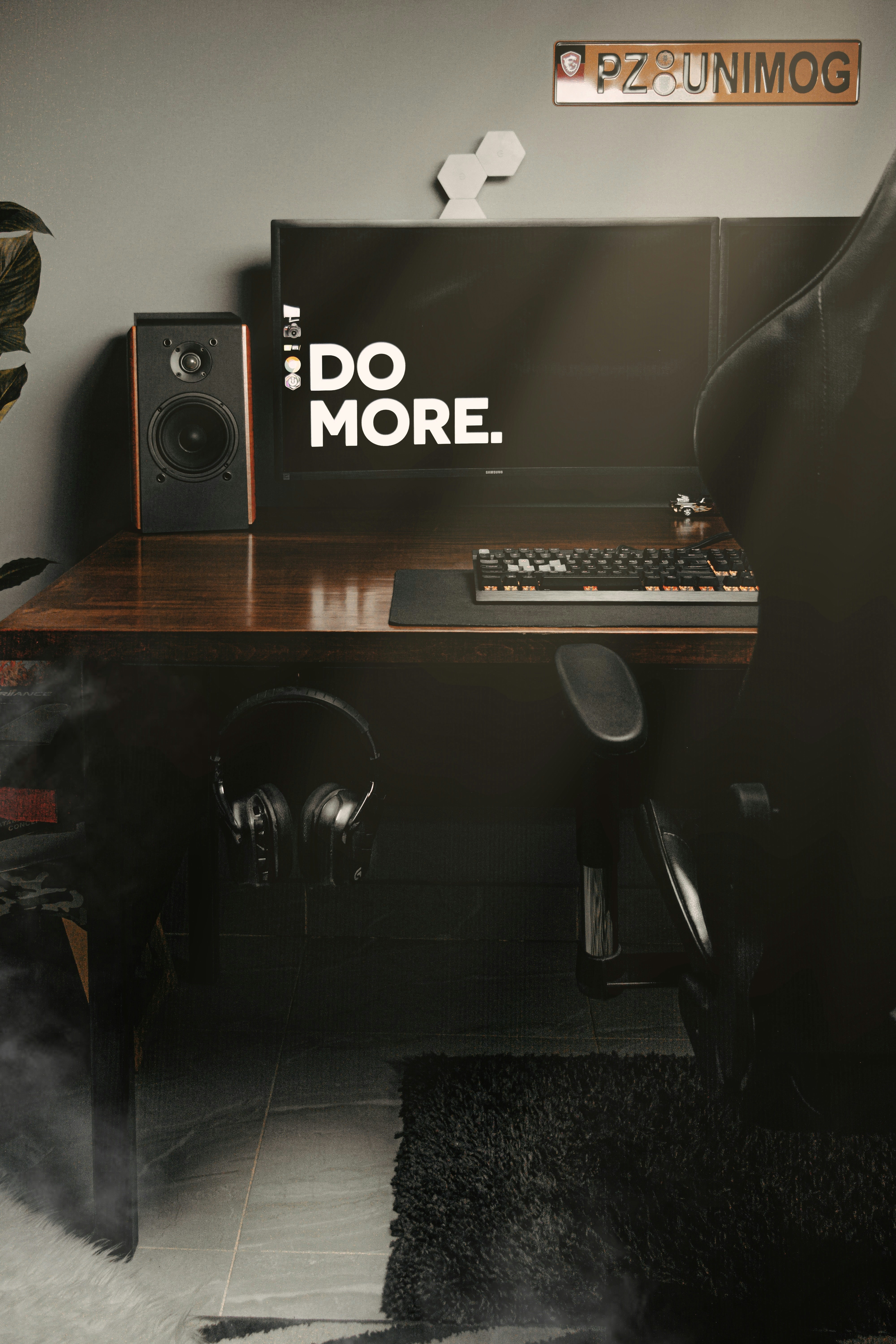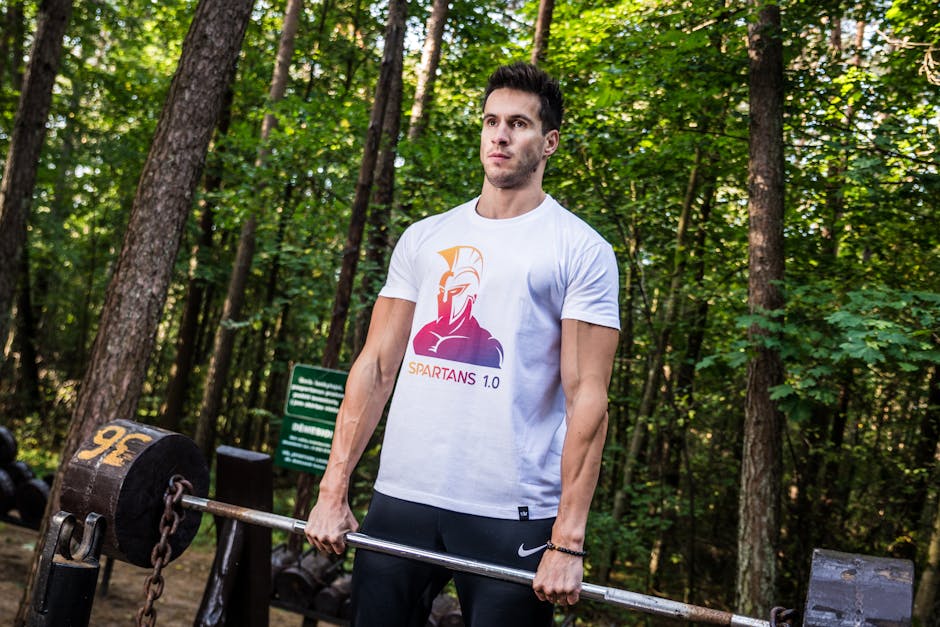Emotional Agility: Tailor Your Workout to Match Your Mood
Have you ever found yourself dreading a workout on a particular day, only to feel a rush of energy and motivation on another? This ebb and flow of emotional states doesn't just influence our daily productivity; it can profoundly affect our workout routines. The concept of emotional agility, coined by psychologist Susan David, emphasizes the importance of recognizing and adjusting to our emotional landscape. In this guide, we will explore how to build a dynamic workout routine that not only caters to your physical health but also aligns with your emotional well-being. Say goodbye to rigid exercise regimes and hello to a fitness journey that resonates with your mood, ultimately leading to a more enjoyable and sustainable lifestyle.
Understanding Emotional Agility in Fitness
Emotional agility refers to the ability to navigate your thoughts and feelings with a degree of flexibility. It allows you to confront challenges with a mindset that promotes resilience and well-being, playing a vital role in how we approach fitness. When we can accept our emotions rather than suppress them, we can create workout routines that cater to our emotional states—from energizing high-intensity cardio when we feel motivated to gentle yoga on days of stress or fatigue. By embracing emotional agility, we can maximize our workout experiences, making them not just a chore but an enriching part of our daily life.
Understanding how emotions influence our fitness routine can help us establish a deeper connection with both our mental and physical health. Incorporating workouts that cater to our emotional needs encourages intrinsic motivation and prevents burnout. Instead of forcing ourselves into a one-size-fits-all approach, we must listen to our bodies and minds to sculpt a program that's uniquely ours.
Using Emotional Check-Ins to Guide Your Workouts
Emotional check-ins serve as a powerful tool in connecting with yourself before each workout. Taking a few minutes to assess how you're feeling can set the tone for your exercise session. Start by asking yourself:
- How do I feel physically?
- What’s my emotional state right now?
- What type of exercise would serve me best today?
For instance, if you're feeling anxious or overwhelmed, a calming yoga session might be more beneficial than an intense HIIT workout. Conversely, if you're brimming with energy, channeling that into a high-energy dance class or a brisk run could enhance your mood even further.
Crafting Your Dynamic Workout Routine
The art of crafting a dynamic workout aligns closely with the principles of emotional agility. It is a fluid approach, adapting as your needs and moods change. Here’s how you can flexibly structure your routine:
1. Incorporate Diverse Activities
Diversity is vital in engaging both the body and mind. Consider mixing:
- Strength Training: When feeling grounded and ready to build.
- Cardio Workouts: Great for those days when you're bursting with energy and want to burn off stress. Try gamifying your fitness journey through fun challenges or competitions which you can read about in our article on Gamifying Your Fitness Journey.
- Mindful Movement: Utilize practices like yoga or Tai Chi when you're feeling more introspective or fatigued, creating opportunities for not just physical but mental rejuvenation.
This variety ensures that your routine reflects not only your physical capabilities but the state of your emotions.
2. Emotional Resilience Workouts
Engaging in activities that promote emotional resilience can transform your exercise experience. These tasks can be refreshing and fulfilling while providing significant mental benefits. Activities like rock climbing or obstacle courses can build resilience as they challenge both your physical and mental limits. Pair these with grounding techniques like deep breathing or visualization to ensure you stay focused and present throughout your workout.
3. Utilize Mindfulness and Meditation
Integrating mindfulness into your workout routine fosters a connection between your mind and body. As you exercise, practice being present in the moment. Notice your breath, the rhythm of your heart, and the sensations in your muscles. Incorporating movement meditation can enhance your overall wellness as explored in our article on Movement Meditation.
Tune into Your Body with Biofeedback
Maximizing your workout experience can be achieved through listening to your body's signals, something known as biofeedback. Integrate tools like heart rate monitors or fitness trackers to gauge your emotional responses to workouts. This approach helps you become aware of when to push harder or take a step back based on real-time data.
Harnessing technology can also provide insights into your physical status, which can be especially helpful on days of emotional volatility. This not only promotes fitness but also establishes a level of self-awareness that encourages you to listen to your body better.
Setting a Flexible Schedule
A rigid timetable can sometimes create unnecessary pressure. Instead of committing to a strict workout schedule, build flexibility into your routine. Set aside time within a weekly framework but leave room for adjustments.
- For instance, you might plan to work out five days a week, but prioritize intuitive movement: some days you may need restorative yoga, while on others, a vigorous HIIT session might be what you crave. Life's unpredictability offers an opportunity to embrace spontaneity in our routines, enhancing our emotional resilience.
4. Connect with Nature
The environment you choose for your workouts can also have a profound impact on your mood. Instead of the gym, consider outdoor settings that encourage movement and provide aesthetic pleasures. Exercises in natural environments—known as biophilic workouts—can significantly uplift your spirits and keep your mind engaged. Explore ideas and inspirations in our article on Nature’s Gym.
Mindful Autonomy in Fitness Choices
Personal autonomy is critical to sustaining your fitness journey. When designing workouts that complement your emotional state, remember to keep decision-making in your hands. Choose activities that excite you and allow for experimentation. This sense of ownership in your routine fosters enjoyment and personal connection, making your fitness journey a far more enriching experience.
5. Leverage Music for Motivation
Integrating music into your workout can significantly enhance your mood and performance. Certain rhythms can energize or calm you, making it essential to curate a playlist that resonates with your desired workout. Try varying genres based on your workout’s emotional alignment. Get inspired to dive deeper into this connection by reading about the role of music in fitness motivation in our article on The Beat of Your Workout.
The Power of Peer Support
Working out alongside friends or in a fitness community can drastically change your experience and emotions connected to exercise. Connecting with others provides additional motivation, warmth, and shared energy, particularly on days when you might feel less eager to move. A supportive network can enhance emotional wellbeing and be the extra push you need to ensure that working out remains uplifting rather than exhausting.
Embrace the Journey of Personal Growth
Fitness is a journey that should evolve alongside your emotional and physical well-being. Challenges and emotions are natural parts of the process, and with emotional agility, those challenges can be embraced rather than feared. Commit to recognizing and adapting to shifts in your emotional states, allowing them to guide your routines.
Final Thoughts
Emotional agility is a powerful tool that can transform your approach to fitness and overall well-being. By employing emotional check-ins, integrating diverse workout styles, embracing mindfulness, and crafting a flexible workout schedule, you empower yourself to create a fitness journey that reflects your true self. Remember, your path may twist and turn, and that’s okay—acknowledging and celebrating the full spectrum of your emotional experience can lead you to more fulfilling workouts.
As you take your next workout, consider how your emotions speak to you. Adapt, embrace, and enjoy the multitude of benefits that come from a dynamic and intuitive fitness routine.
Unlock emotional agility in your fitness regimen! Discover how to create dynamic workout routines that adapt to your mood, enhancing both physical health and mental wellness.


